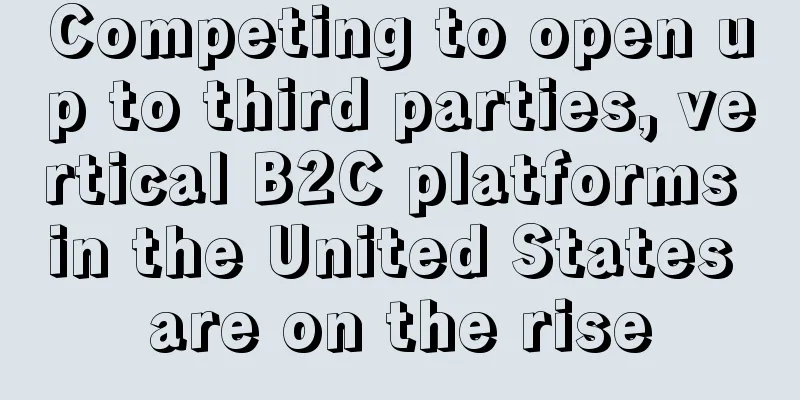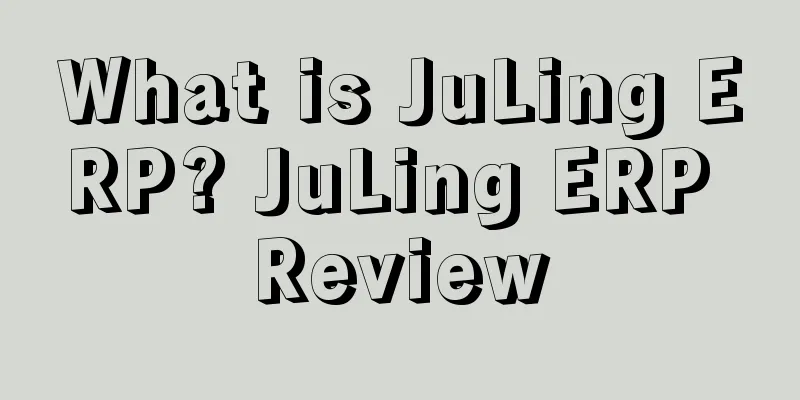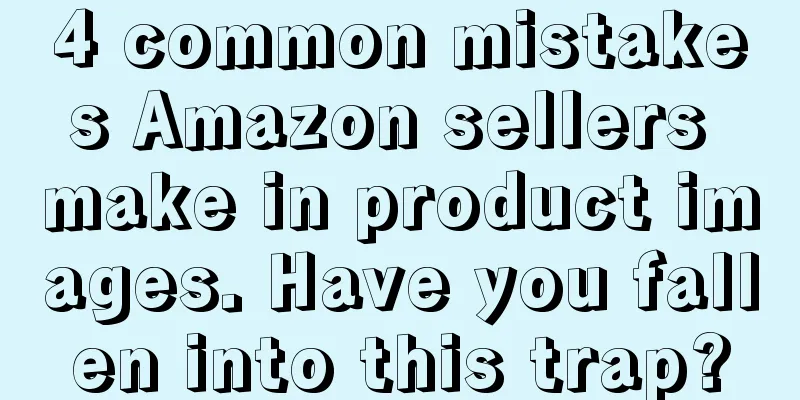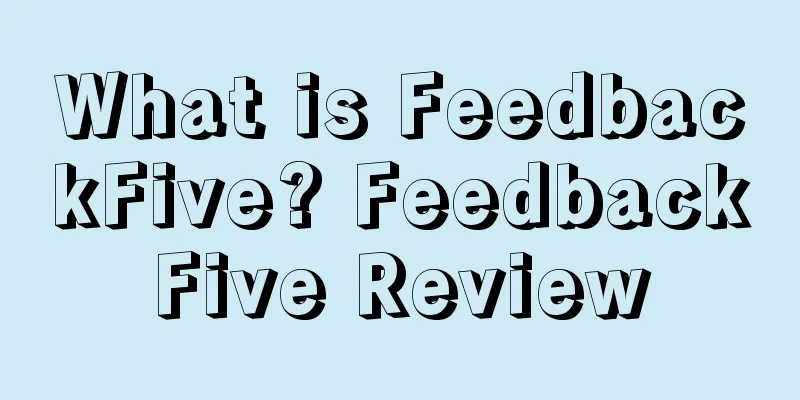In the United States, where "everything is rising in price", it has become a new driving force for young people to shop online

|
Young people have always been the main force of consumption in clothing, music and pop culture. At the same time, inflation in the United States continues and prices are rising across the board, which has caused businesses to worry about the purchasing power of this group.
The consumer price index, or CPI, rose 5.4% in June from a year earlier, the highest increase since the financial crisis in 2008. For the youngest consumers, who are typically the lowest-earning adults, that means more of their budget will go toward fixed expenses such as food, shelter and fuel.
When purchasing power and consumption desire conflict, BNPL is being used by more and more young people as a potential solution. This payment method is zero interest if the repayment is on time. Data from June showed that 61% of consumers aged 18 to 24 have used BNPL services.
Some BNPL experts expect this use may continue as inflation continues to rise, amplifying the risk of possible overspending. Some evidence suggests that young Americans are maximising their use of BNPLs and may be spending more than their budgets allow.
Why is BNPL favored by young people?
According to The Ascent, electronics and apparel are the two categories that Generation Z in the United States use the most BNPL when purchasing. These two categories are most affected by price increases, with goods rising 7% year-on-year.
The consumption attitude of Generation Z in the United States can be summarized as "paying attention to appearance and enjoying life in the moment." Generation Z is also a generation with great economic pressure, especially those who are already working. As the pressure grows, Generation Z is more likely to "consume for self-pleasure."
The combination of various factors has driven Generation Z to adopt payment methods such as BNPL to purchase high-priced goods, even if these purchases are not within their budget.
A recent report found that 60% of BNPL users between the ages of 18 and 34 use it to set up a more flexible payment schedule. In addition, 54% said they use it to buy things they otherwise couldn’t afford, and 30% use it as an alternative to a credit card.
BNPL giant Affirm found in April that 23% of consumers said they were likely to use a BNPL option in the next month due to price increases, a figure that rose to 41% among millennials and Gen Z.
Stability with concerns, players continue to pour in
Although BNPL has many benefits, it has also been criticized for its negative impact on over-consumption and excessive debt. Ascent’s survey found that 33% of “buy now, pay later” users have delayed payments or incurred late fees.
Additionally, the analysts noted that Gen Z is also more likely to use BNPL rather than credit cards, meaning they may be missing out on opportunities to build credit as many BNPL participants do not report to credit bureaus.
So BNPL may not completely replace credit cards. But with major financial players entering the space, it’s clear that BNPL isn’t going away anytime soon.
The number of merchants and brands introducing BNPL is also increasing. For example, some financial institutions are working with selected brands to create customized BNPL products.
Affirm currently offers BNPL services at more than 200,000 merchants, and its founder said in May: "During the 2020 recession, we saw many merchants' applications nearly quadruple, and the demand for BNPL will be even greater during the economic downturn."
Editor✎ Ashley/ Disclaimer: This article is copyrighted and may not be reproduced without permission. |
>>: Walmart's Q2 revenue exceeded expectations! E-commerce sales increased by 12% year-on-year!
Recommend
Addicted to free stuff? Temu's free shopping tutorial goes viral!
Yesterday, #Is the refund-only policy of e-commerc...
Walmart's delivery capabilities continue to improve, and multiple delivery milestones will be achieved in 2022!
Walmart has been expanding its delivery business t...
Etsy's Q1 2023 financial report exceeded expectations, and active buyers resumed year-on-year growth
It is learned that on May 4, Etsy released its fir...
What is a Robotic Tech Vest? Robotic Tech Vest Review
Robotic Tech Vest, or RTV for short, was launched ...
U.S. holiday season retail data is out! People spend their money on these places
<span data-docs-delta="[[20,"获悉,根据Masterca...
Was your Amazon A+ page application rejected? You need to know these reasons
Brand description with pictures and text, also kno...
Block warning! More than 10,000 FB groups are suspected of fake orders, Amazon files lawsuit
It is learned that according to foreign media repo...
Ten thousand orders a day in two years! The secret of Shopee's success in selling stationery
Small stationery hides big business. Among the man...
Amazon also plagiarizes its own products! What else can we do to stop counterfeit goods?
Amazon now has a very tough attitude towards coun...
[Tracking] How effective is Prime Day’s new gameplay this year?
Prime Day is approaching, but the situation this ...
What should I do if an Amazon product receives a bad review?
Whether you are a big seller on Amazon or a begin...
What is Cdiscount? Cdiscount Review
Cdiscount is currently the largest e-commerce plat...
What is AmzChart? AmzChart Review
AmzChart is a powerful free Amazon product selecti...
What is PriceYak? PriceYak Review
PriceYak is a dropship automation software that ca...
Trump announced his victory, cross-border e-commerce may usher in major changes!
It is learned that according to a news flash from ...









